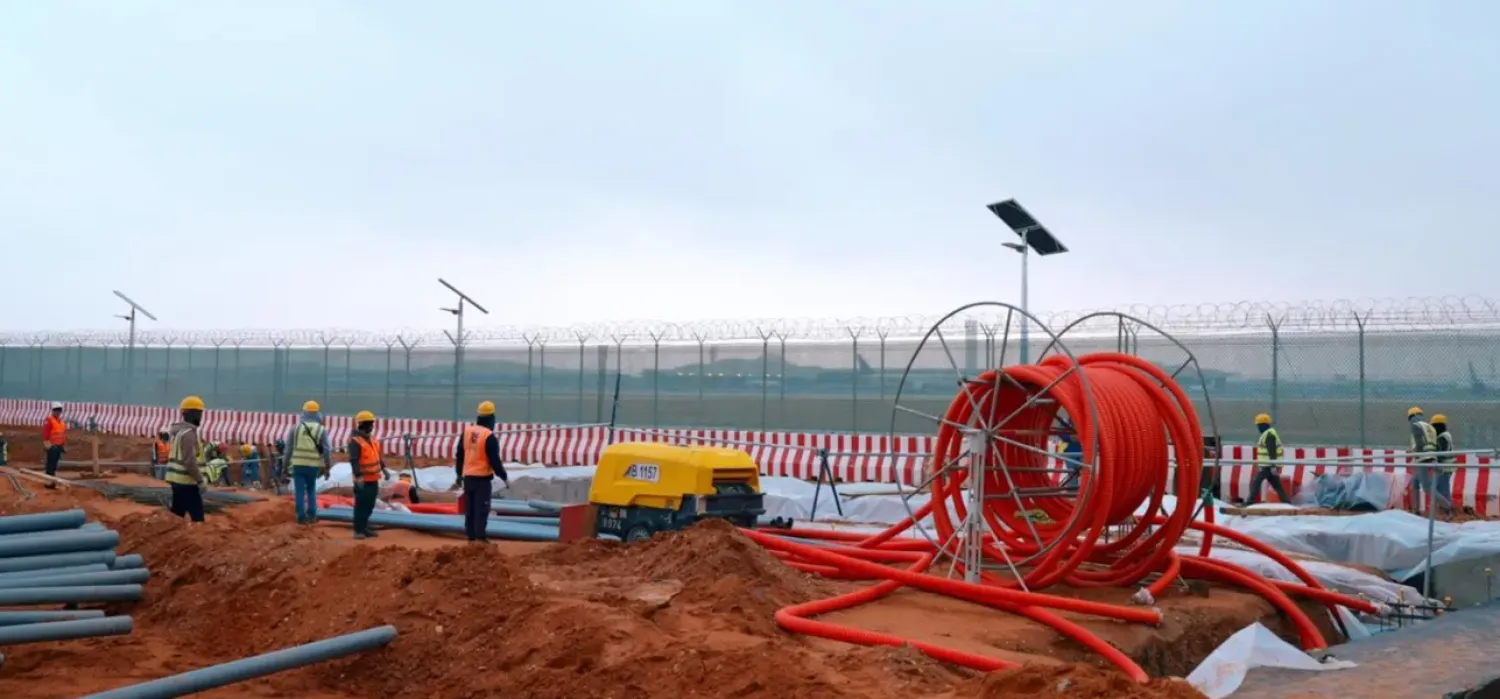The International Islamic Trade Finance Corporation (ITFC) announced that the volume of funding for trade provided over the past 12 years amounted to $50 billion, covering 750 beneficiaries throughout the Islamic world and including dozens of economic activities.
The announcement was made at the end of a forum organized by the ITFC, a member of the Islamic Development Bank Group, on Thursday.
Hani Salem Sunbol, CEO of the Corporation, said that the funds were allocated to government and public institutions, banks, private sector companies and SMEs.
He noted that these funds contributed to improving the lives of individuals from all walks of life, including farmers, workers, traders and people living in poverty in 51 member states in the Middle East, North Africa, sub-Saharan Africa, South Asia and the Commonwealth of Independent States.
Saudi Arabia has been a true supporter of the Corporation’s 12 years of operation, Sunbol said, given its position as the largest sponsor of the Bank.
Dr. Bandar Hajjar, President of the Islamic Development Bank Group, said that the Bank and its institutions, including the International Islamic Trade Finance Corporation (ITFC), were based on many pillars, including building and strengthening strategic partnerships with all banks, financial and development institutions and international organizations, whose interests and actions intersect with the Group’s activities.
Hajjar explained that this forum would provide an opportunity for dialogue and exchange of experiences between partners on the challenges and developments at various levels, which have a major impact on international trade.
He added that development activities carried out by the Corporation were contributing to the achievement of development plans in member states and to the realization of the United Nations Sustainable Development Goals.
ITFC Provided $50 Billion to Beneficiaries in 12 Years

A dialogue session at the forum organized by ITFC

ITFC Provided $50 Billion to Beneficiaries in 12 Years

A dialogue session at the forum organized by ITFC
لم تشترك بعد
انشئ حساباً خاصاً بك لتحصل على أخبار مخصصة لك ولتتمتع بخاصية حفظ المقالات وتتلقى نشراتنا البريدية المتنوعة







